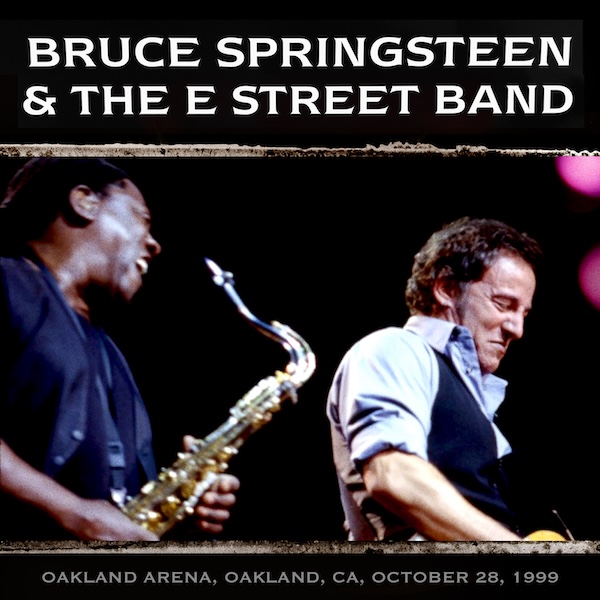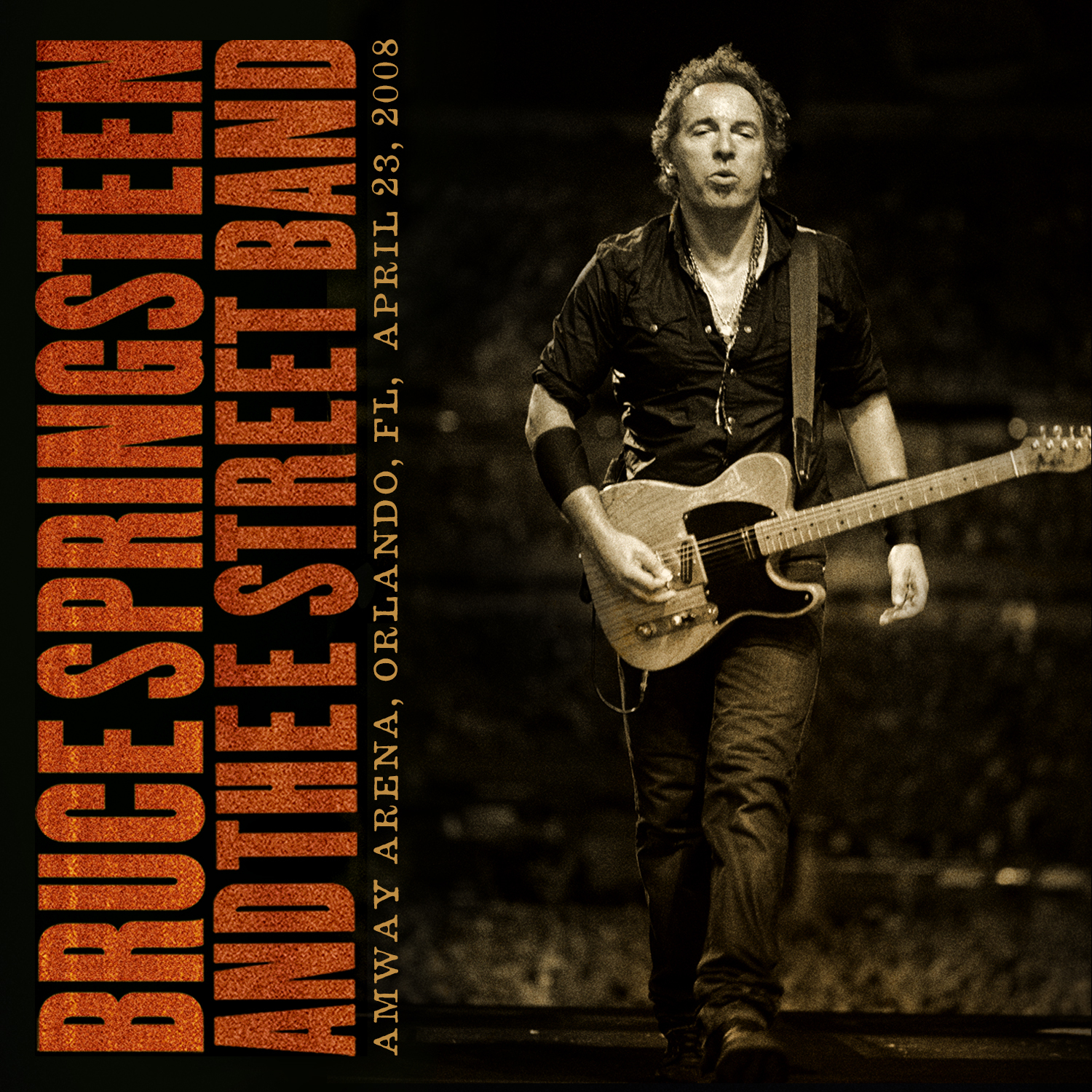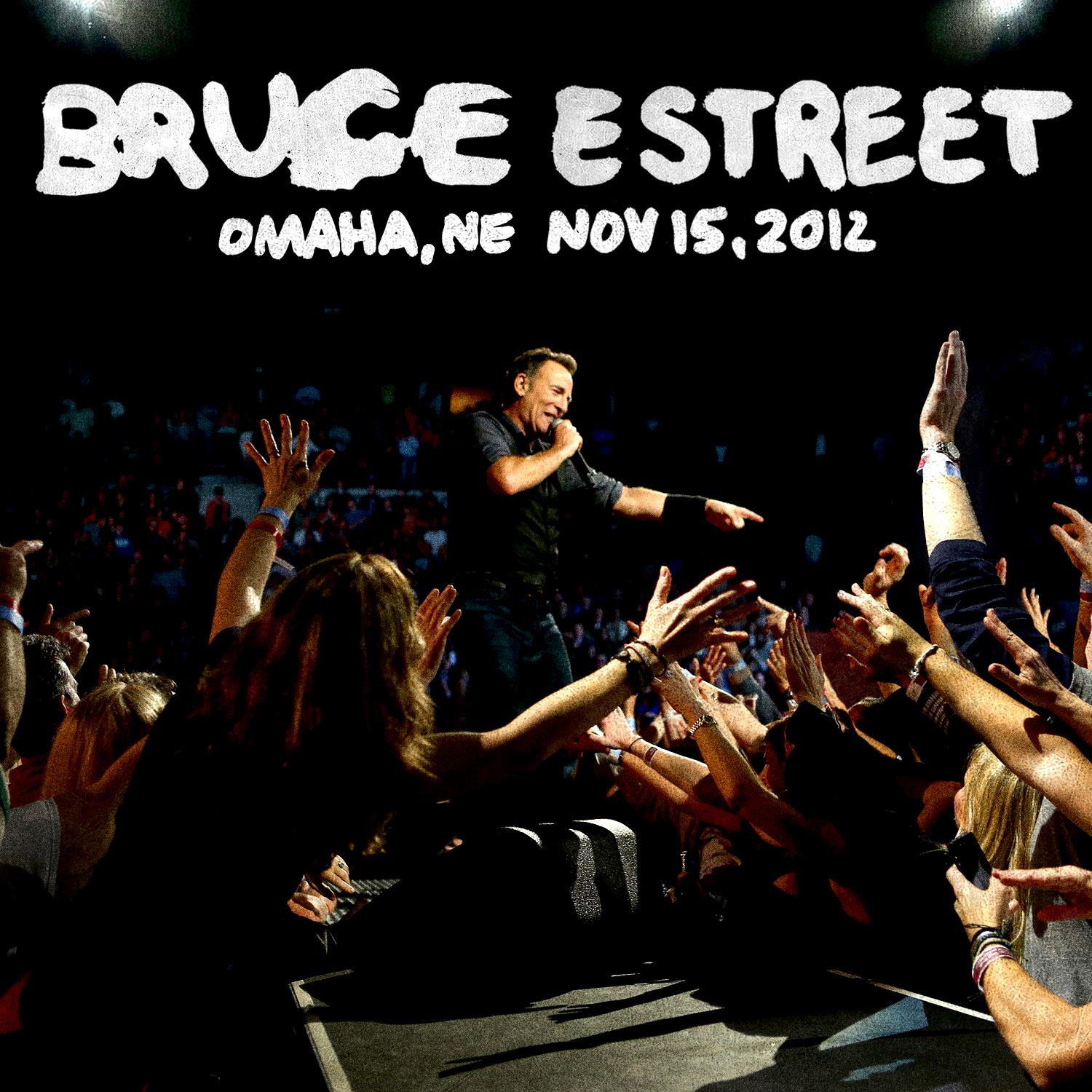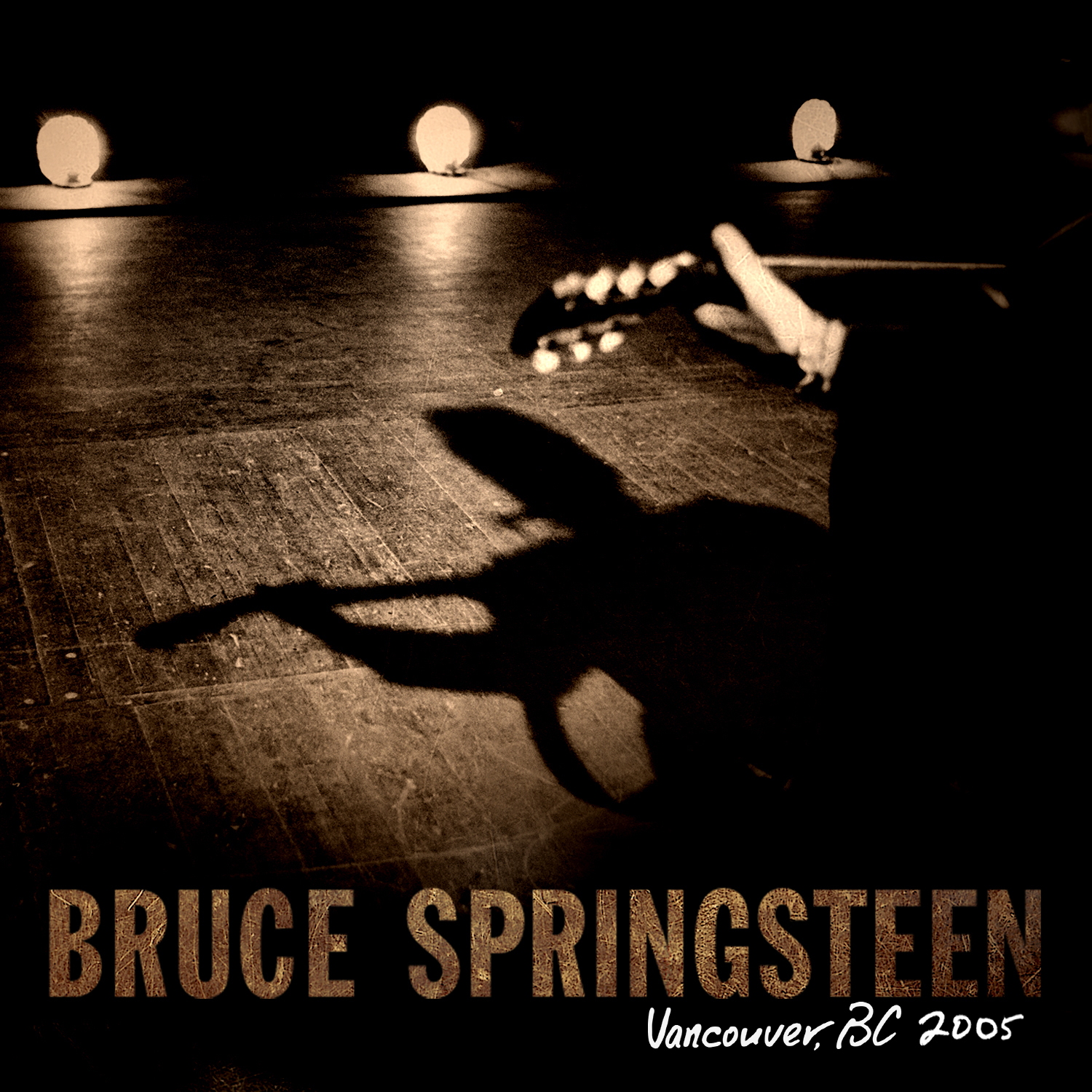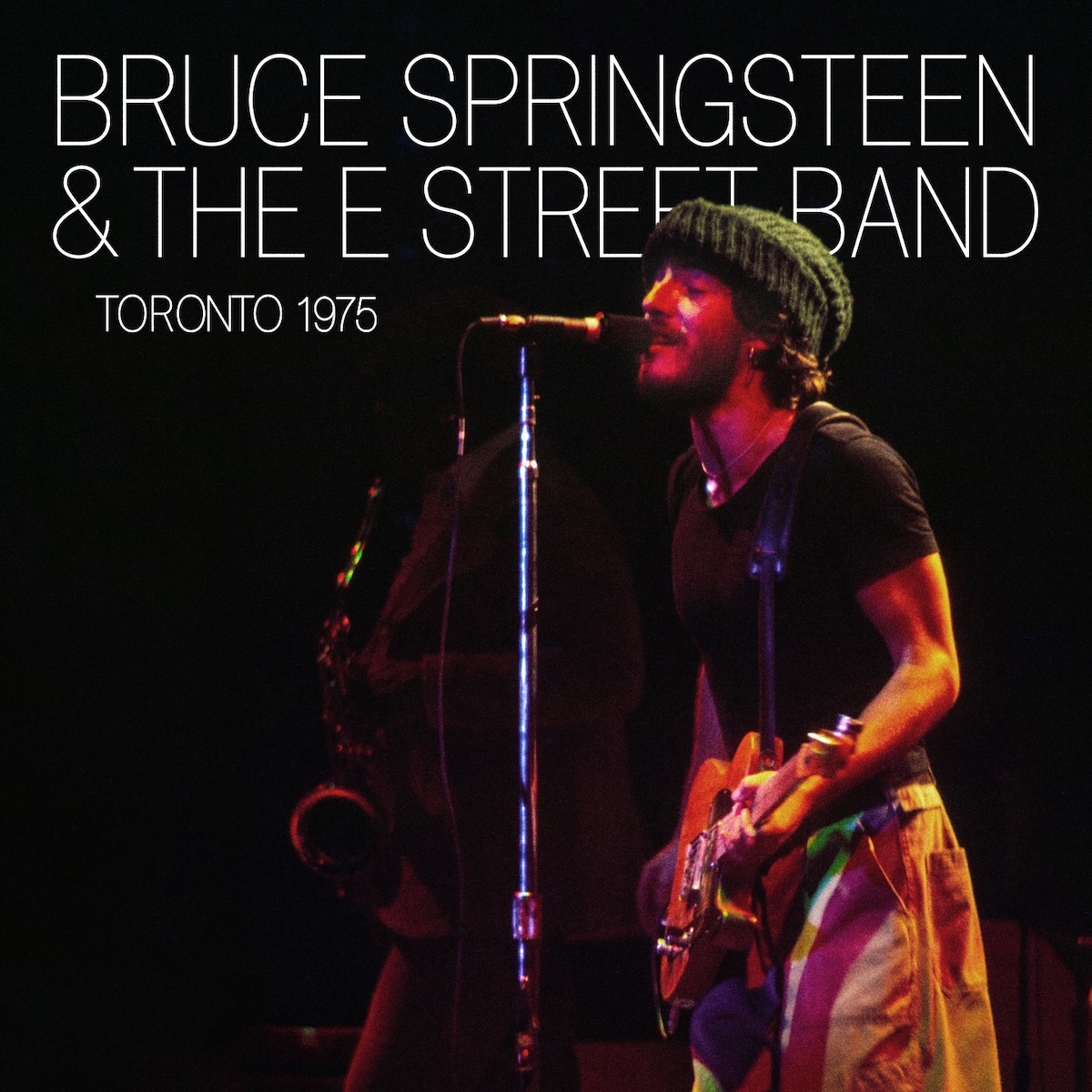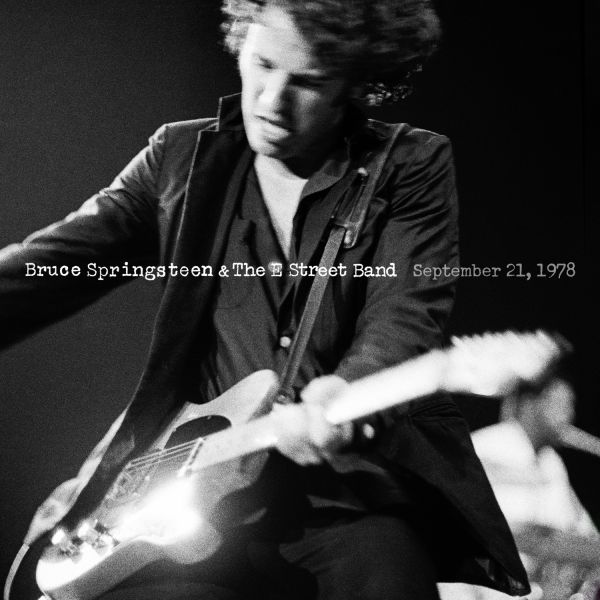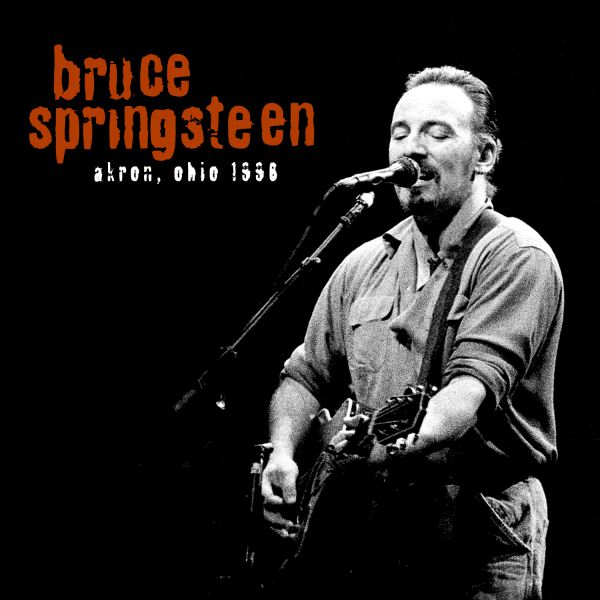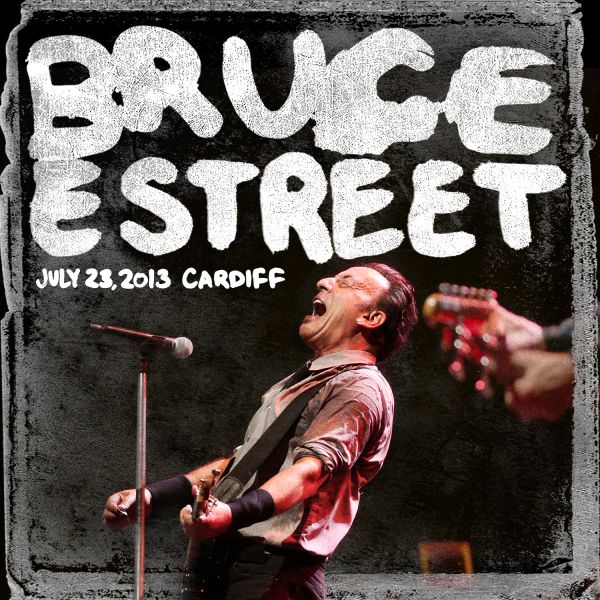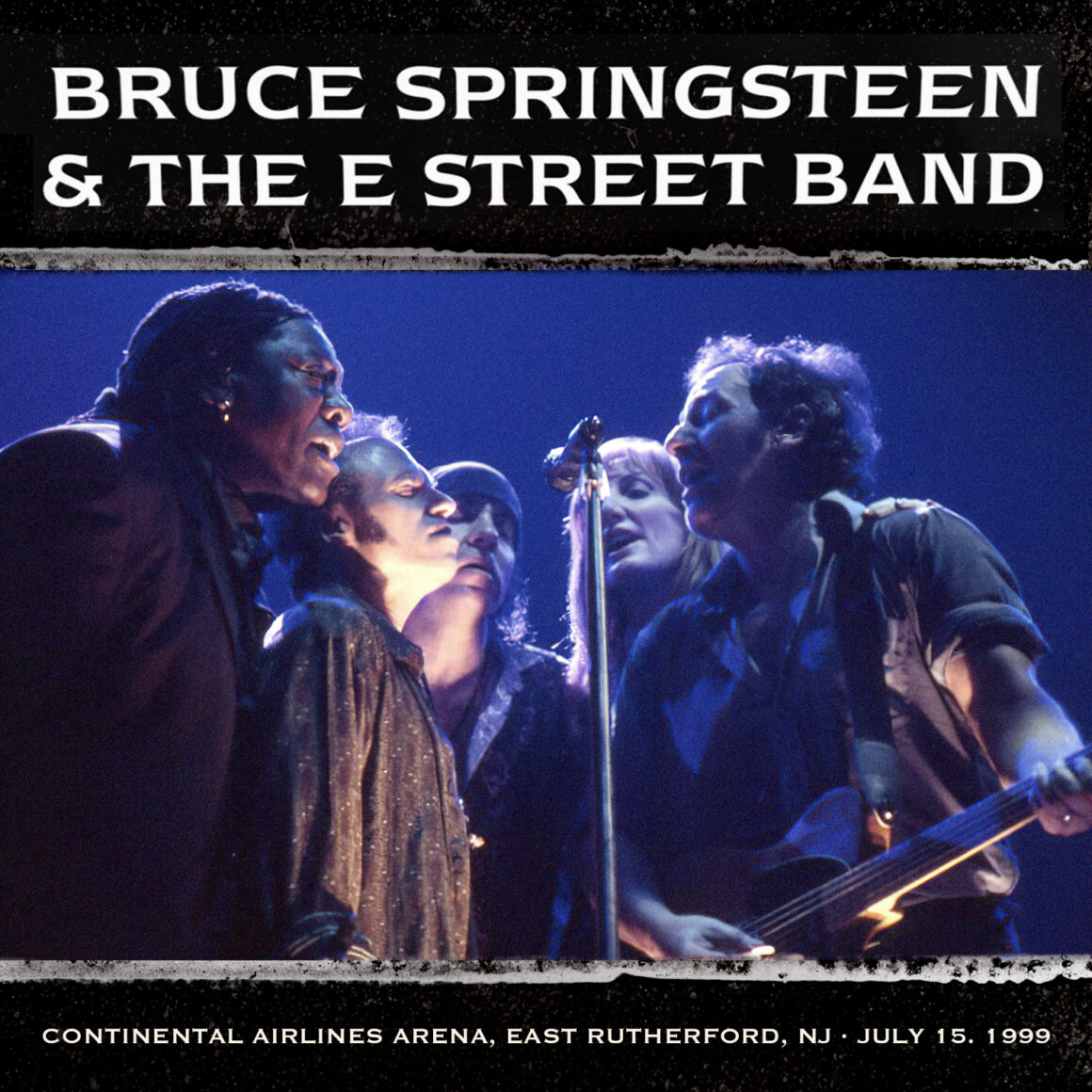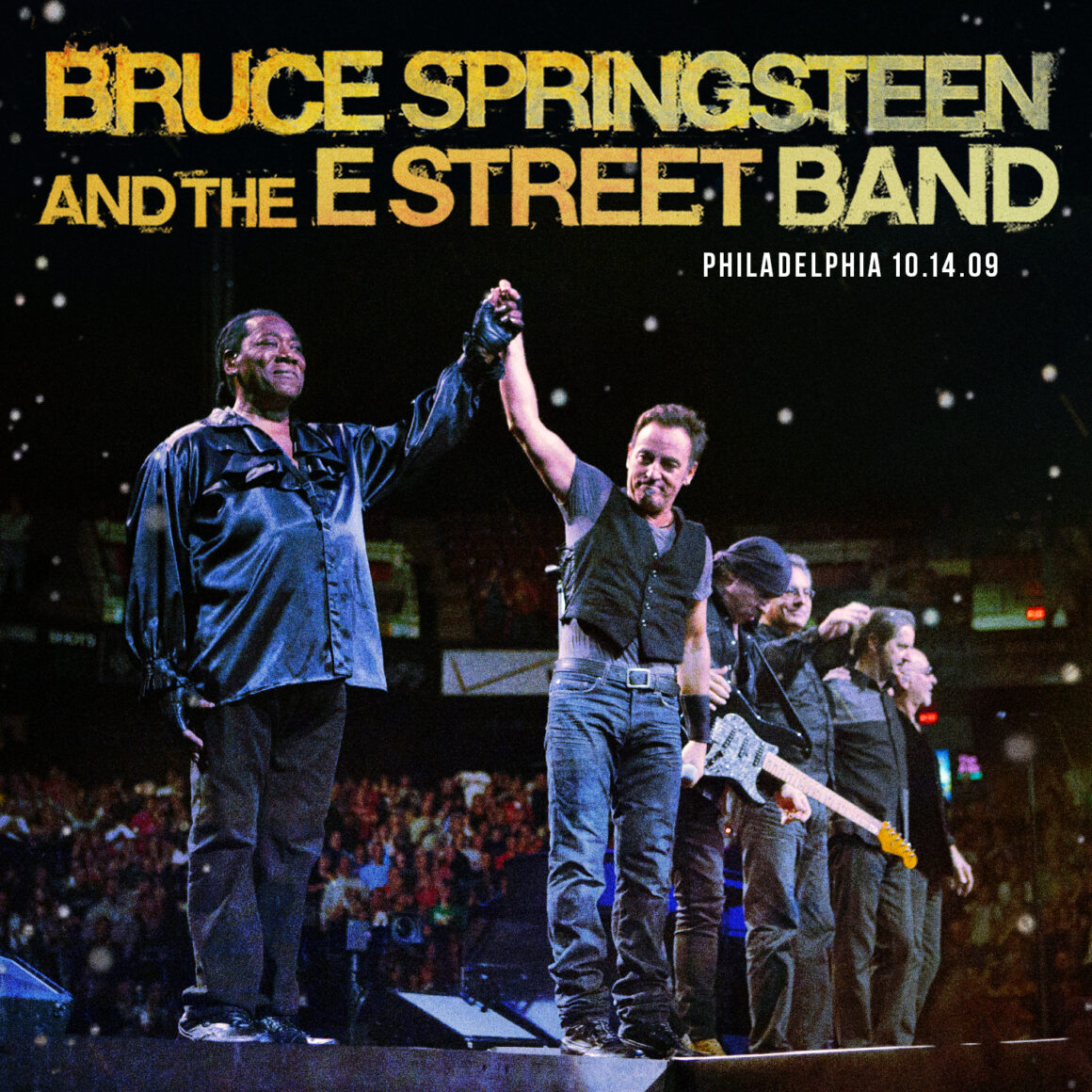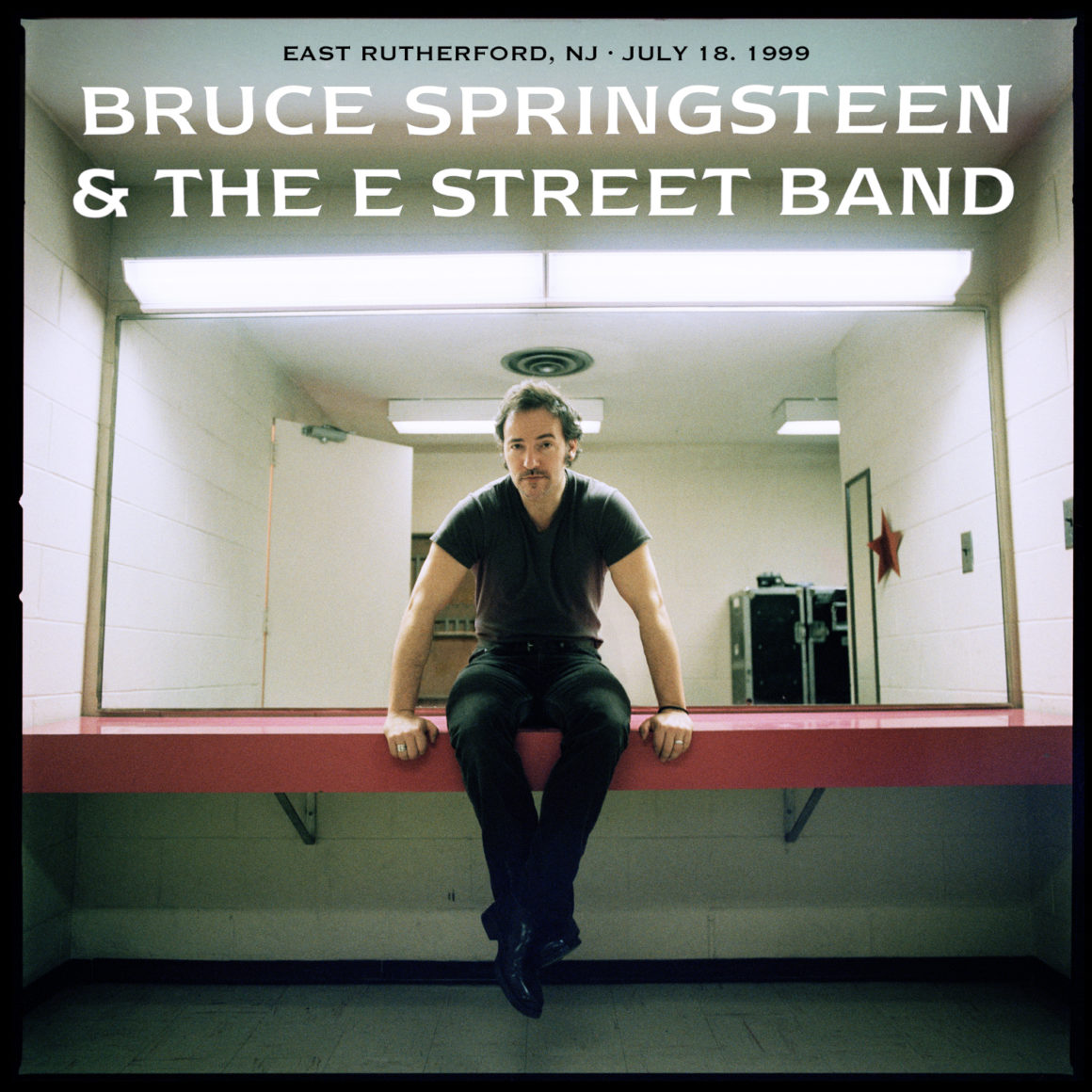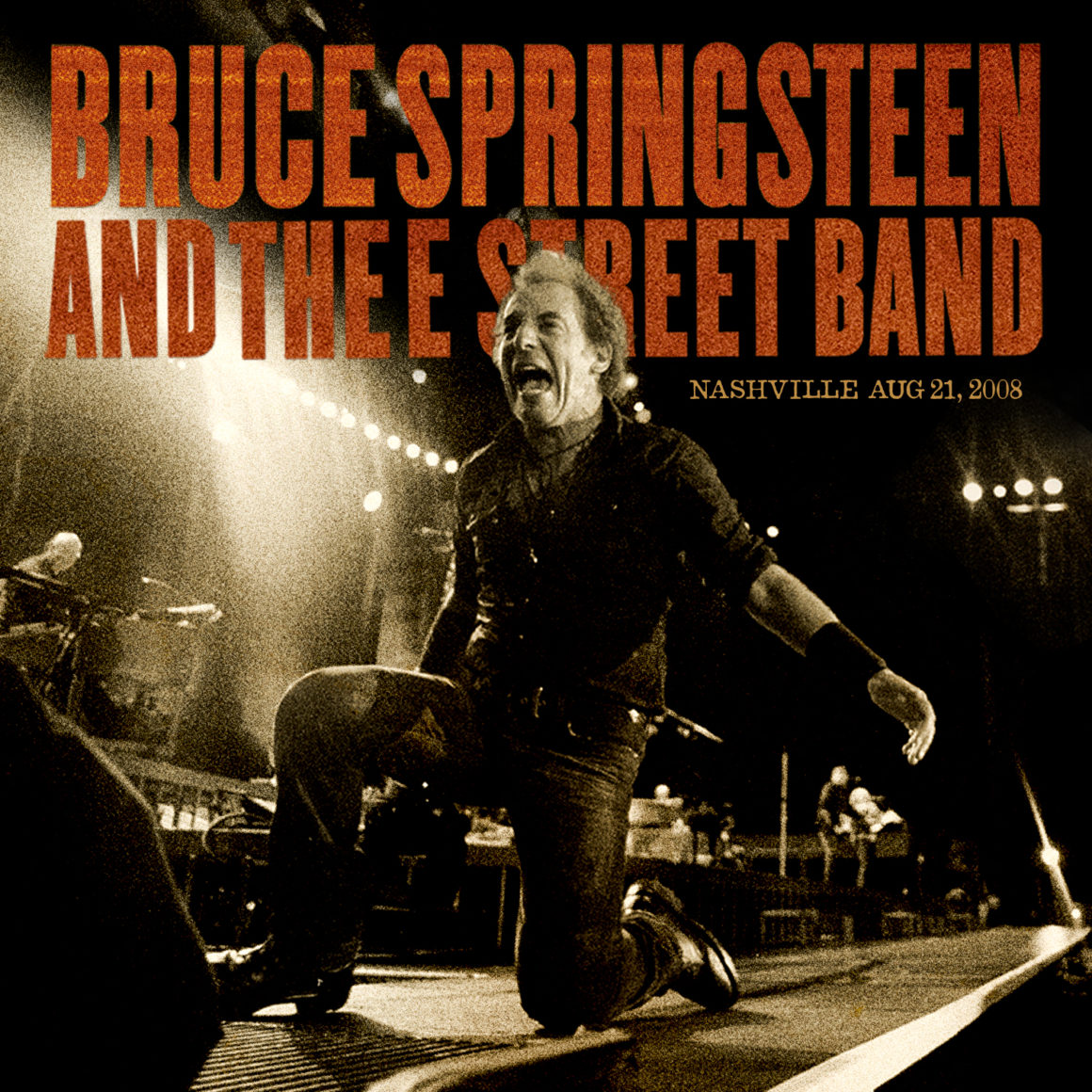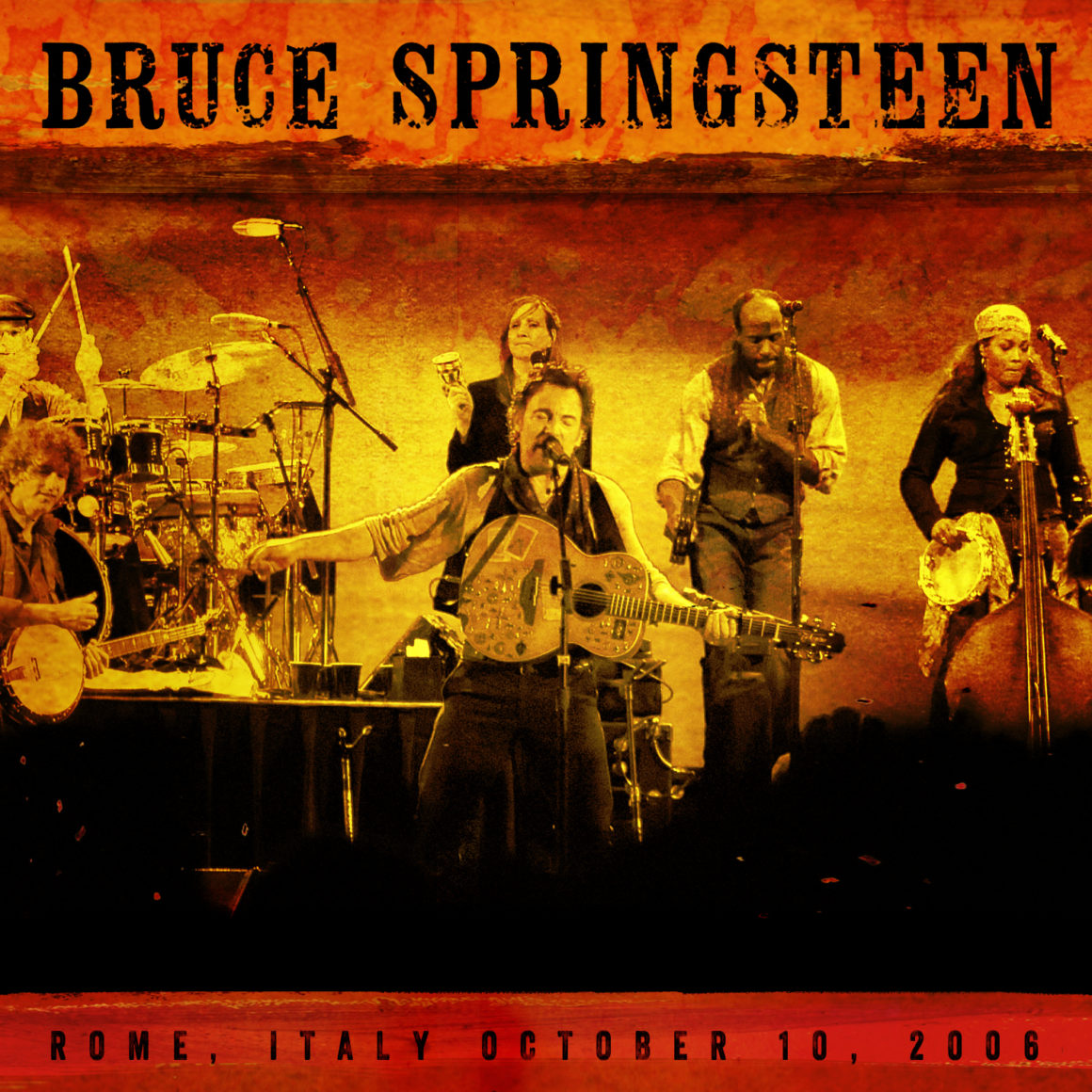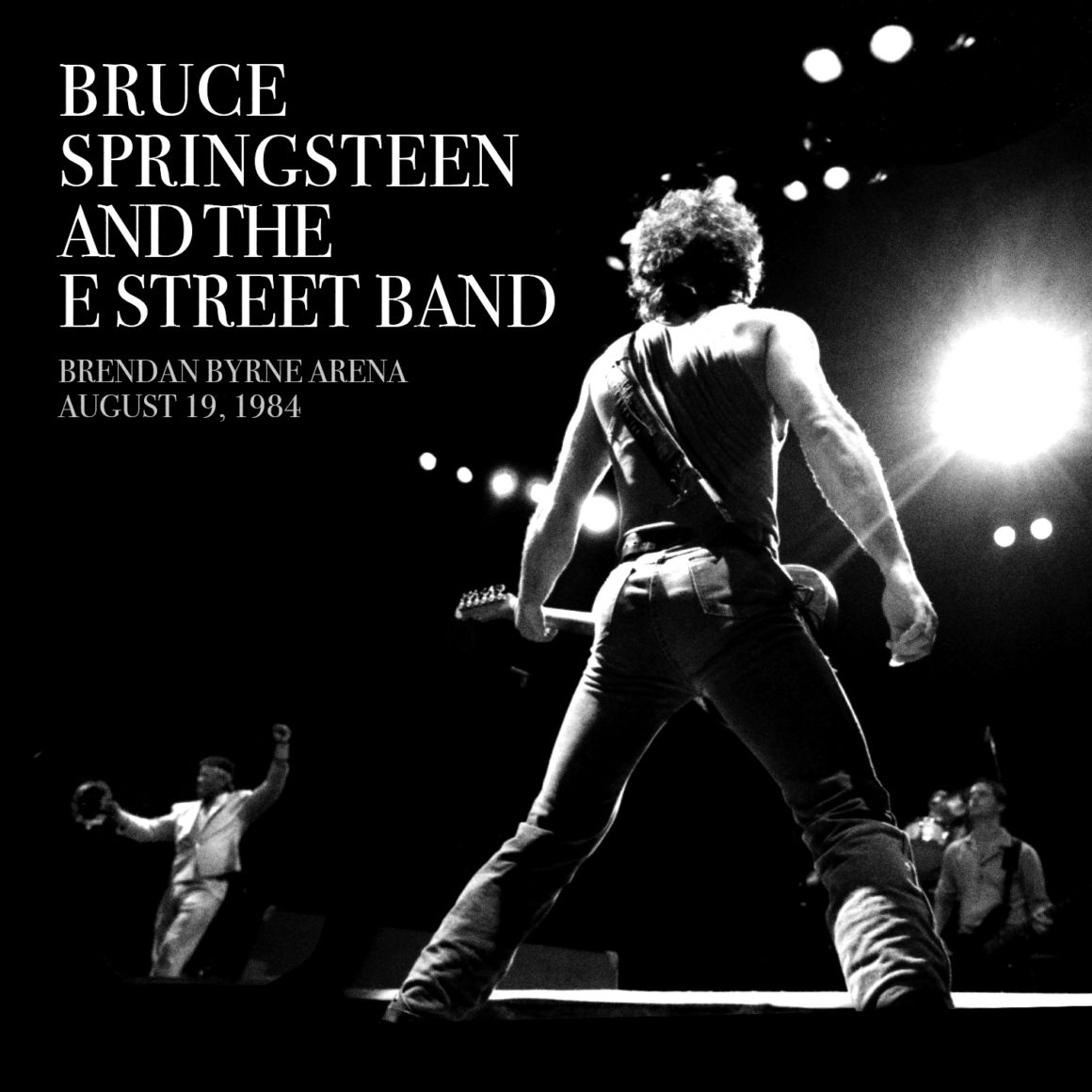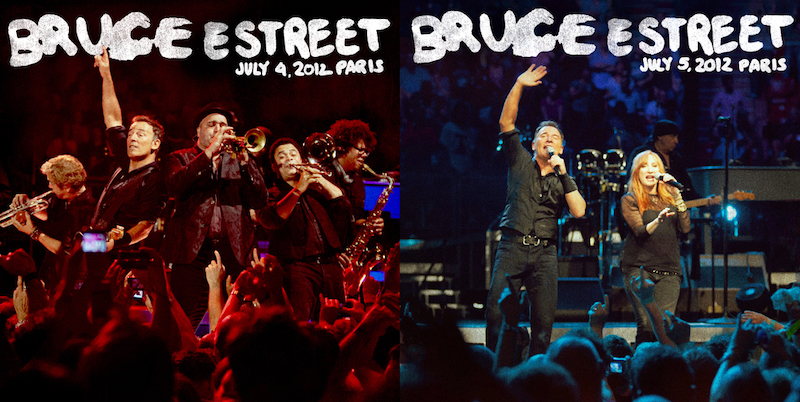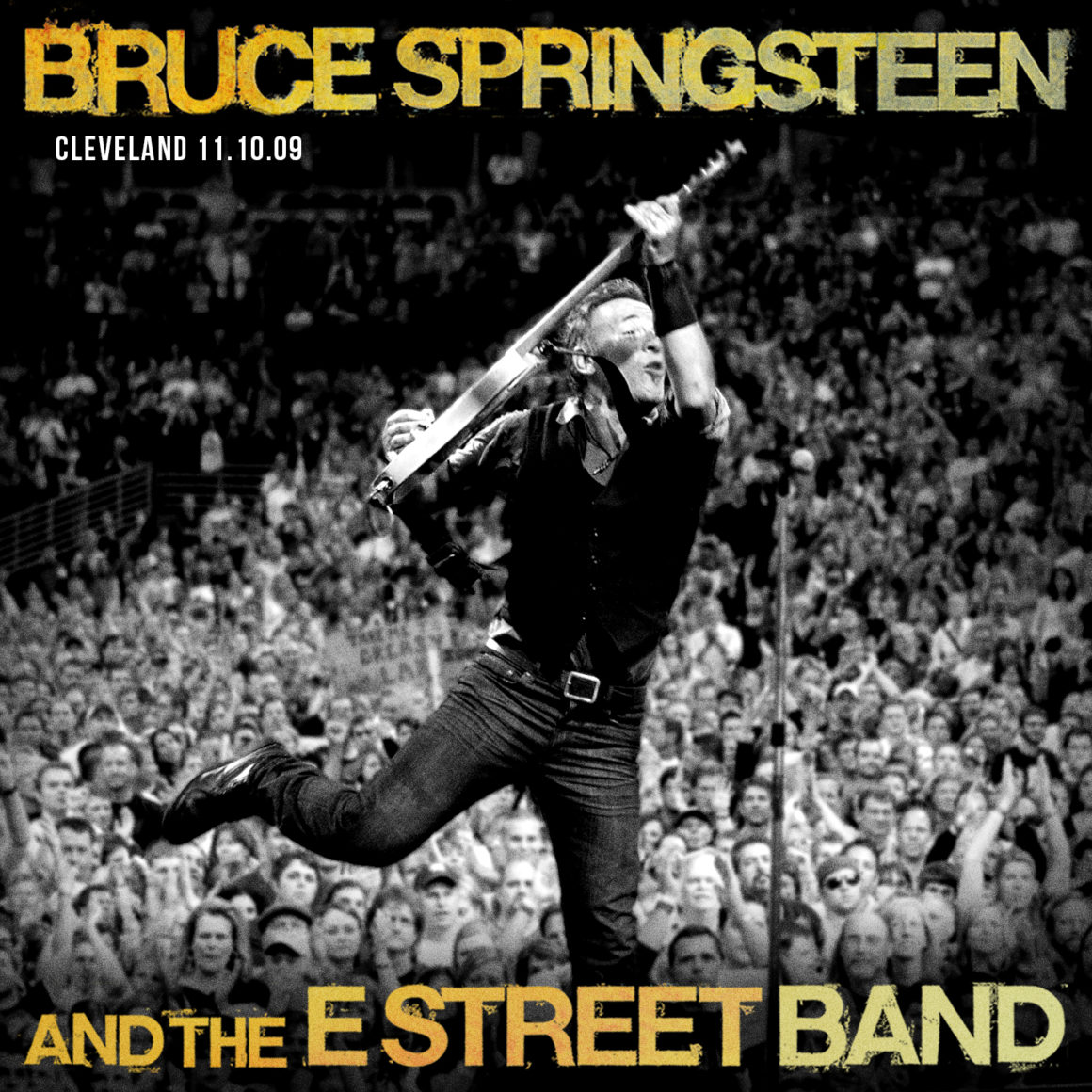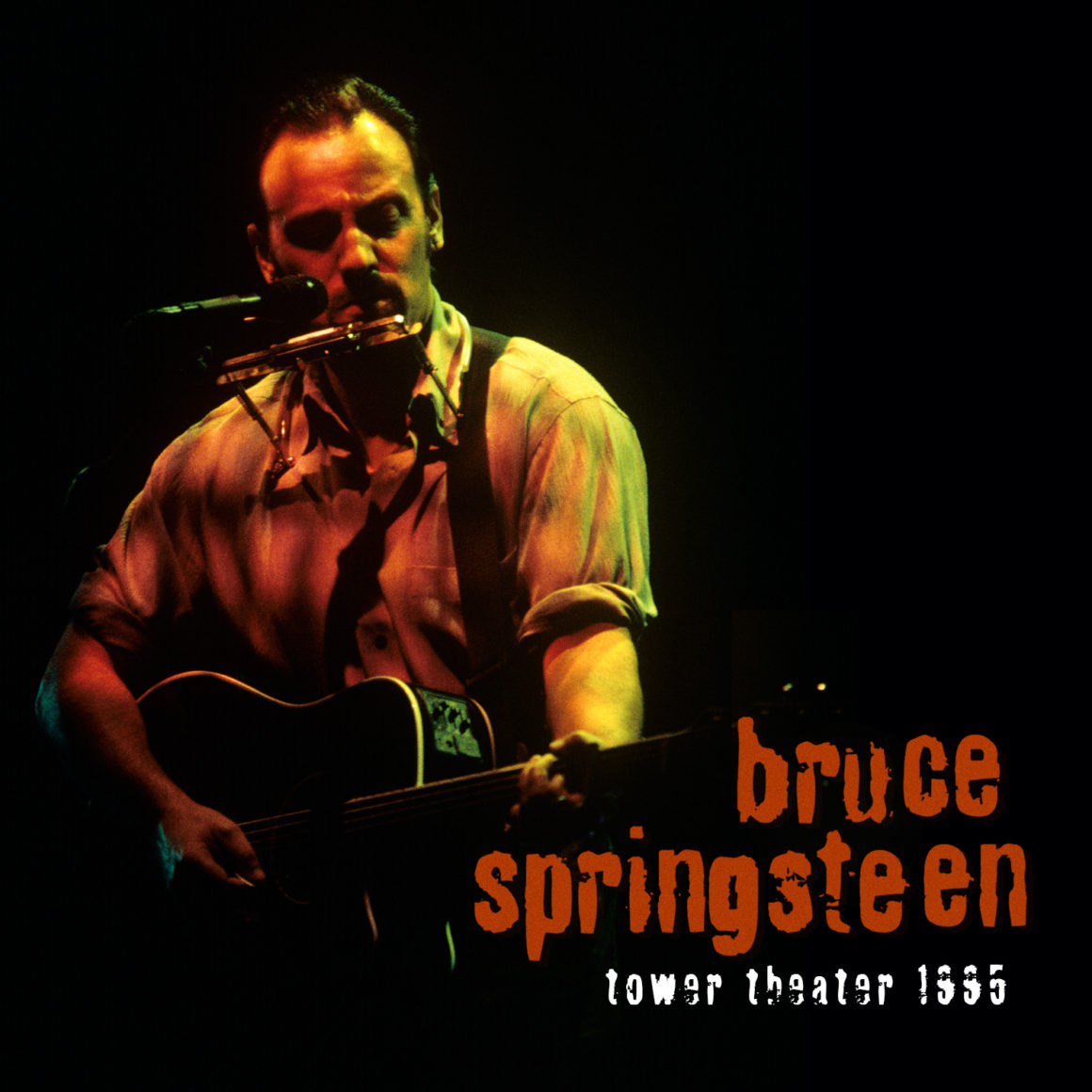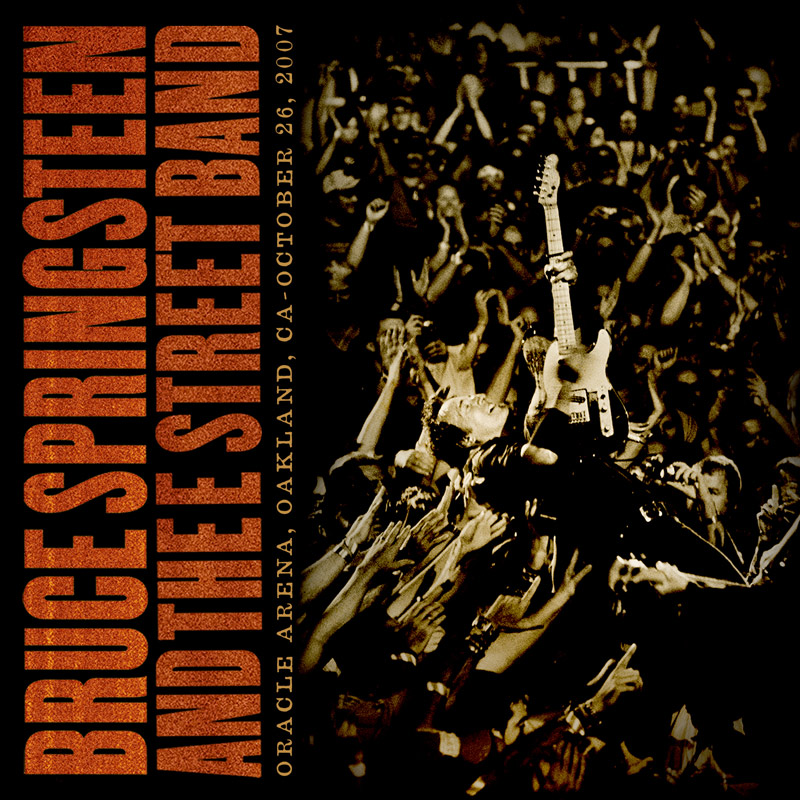
The latest exclusive release from the Bruce Springsteen Live Archive Series comes from Oakland’s Oracle Arena on October 26, 2007 – featuring eight tracks from Magic, forming the heart of a set designed to showcase a new album.
Check out archivist Erik Flannigan’s essay on this performance below, then give this must-listen show a spin. CDs and Hi-Res downloads are now available for order, or stream Springsteen’s entire archival concert catalog plus new tour audio with a free 7-day trial to nugs.
Certain Things Are Set In Stone
Bruce Springsteen and the E Street Band, Oracle Arena, Oakland, California, October 26, 2007
By Erik Flannigan
After touring solo for Devils & Dust in 2005 and stomping across stages with the Seeger Sessions Band in 2006, Bruce Springsteen’s 2007 tour with the E Street Band was a welcome return to regularly scheduled programming.
The trek was appealingly normal, in that it was simply a run of shows in support of Bruce and the band’s excellent new album Magic, released in late September. The result was more akin to outings behind Darkness on the Edge of Town (1978) and The River (1980) because that’s what artists did/do when they drop a new album. No bigger occasion or overarching circumstances. No multi-night residencies. Just straight up doing the job. One might think the same for 2012 with the release of Wrecking Ball, but that marked an expansion of the E Street Band to add horns and singers, making it again something different.
The Magic tour likely stands as the last regular album cycle in E Street history, and that’s especially significant given that it proved to be the final one to feature founding member Danny Federici. Which makes the 2007 shows, before Danny left for treatment, ones to cherish.
Oakland, October 26, 2007 is an exemplar of this period’s purity of purpose. It’s a tight 23-song set that runs just 2:16 total, short by Springsteen standards, but not wanting for potency. It features eight tracks from Magic, forming the heart of a set designed to showcase a new album the artist has faith in. Magic also had the benefit of one of Springsteen’s strongest lead singles, “Radio Nowhere,” itself a taut three-minute record. The song wasn’t a chart hit in the U.S., but it offered a clarion call for this new body of work and serves as an excellent show opener: “Radio Nowhere” crashes the calliope walk-out music to the ground and establishes urgency that will be felt all evening.
Archive releases present opportunity for reappreciation and here the excellence of the Magic material resonates deeper than ever, 18 years on. “Gypsy Biker” is one of the best E Street Band performances of the modern era and you can feel their passion and dedication in this performance. “Magic” itself is delicately handled with Soozie Tyrell’s violin lending a haunting air to Bruce’s acoustic reading that features splendid harmony vocals from Patti Scialfa.
“Living in the Future,” its political message even more timely today, tears a page from the BIUSA playbook: pairing its serious subject matter with an irresistible melody and a sprightly band arrangement, topped by Clemons’ saxophone and Federici’s organ solos.
The haunting tone set by “Magic” continues with “Devils’ Arcade,” again woven by Tyrell’s violin, only this time the full band rises to the moment in a sweeping, emotional take. “Last To Die” turns up the drama another notch or five, embracing its musical DNA as a River outtake not recorded for The River. “Long Walk Home” brings the core Magic narrative to its poignant conclusion, reconciling feelings of alienation in America. Those roots go back even farther than the Stanley Brothers, who used the lyric they’re all “rank strangers to me” in their song of the same name, which Springsteen deploys in the second verse.
The playing across the Magic tracks is tight and focused – the band doesn’t just back Springsteen, as much as it has honed these into classic E Street songs. Special shout out to “Girls in Their Summer Clothes” for kicking off the encore with its sun-drenched, good vibrations.
Augmenting the Magic material, Bruce drops in several classics and a few notable special additions. Those newly familiar with “Reason to Believe” from Electric Nebraska will hear strains of it in the Oakland version, which straddles the 1982 band reading and ZZ Top elements the song adopted on stage at times.
It’s a welcome return for “Tunnel of Love,” criminally underplayed since 1988 and enjoying a 17-show revival on the Magic tour. Those who saw it played then may recall it required the one-song addition of an electronic drum pad to Max Weinberg’s kit. A lovely change from 1988 to 2007 is Soozie Tyrell’s violin taking what was a synthesizer part before the first verse. Springsteen and Scialfa’s voices combine as strikingly as ever, and Nils Lofgren nails his own signature guitar solo. A lovely treat.
Three tracks make their tour debuts in Oakland. “Two Hearts” got right on the Reunion tour and there’s no need to alter it here, including the “it takes two” tag. “Racing in the Street” graced the stage only eight times on the Magic tour, which is a shame given this profound, spot-on rendition, with rich baritone sax from Clemons, expressive organ from Federici and noble piano figures from Roy Bittan. “Working on the Highway” also rejoins the set; unlike “Racing,” it will stick around for much of the year. Its Oakland bow sounds lively and fresh.
Credit Springsteen for making the only pre-1975 tune of the night something special. “This next song is an old song,” he says, “our first showstopper,” an apt description of “Thundercrack,” a nine-minute, joyous rollercoaster ride and a time machine back to the earliest incarnation of the E Street Band.
When we look back at Springsteen’s career, the classic canon of Born to Run through The River will surely stand the test of time, and Nebraska will continue to be seen as a solo masterpiece. But when we’re talking about great E Street Band albums, Magic deserves a nod, especially the way its songs were optimized on stage in 2007 and 2008.
Stream this archive release now, plus hundreds of other Bruce Springsteen shows and more artist-official live catalogs when you start a free 7-day streaming trial to nugs.net.
